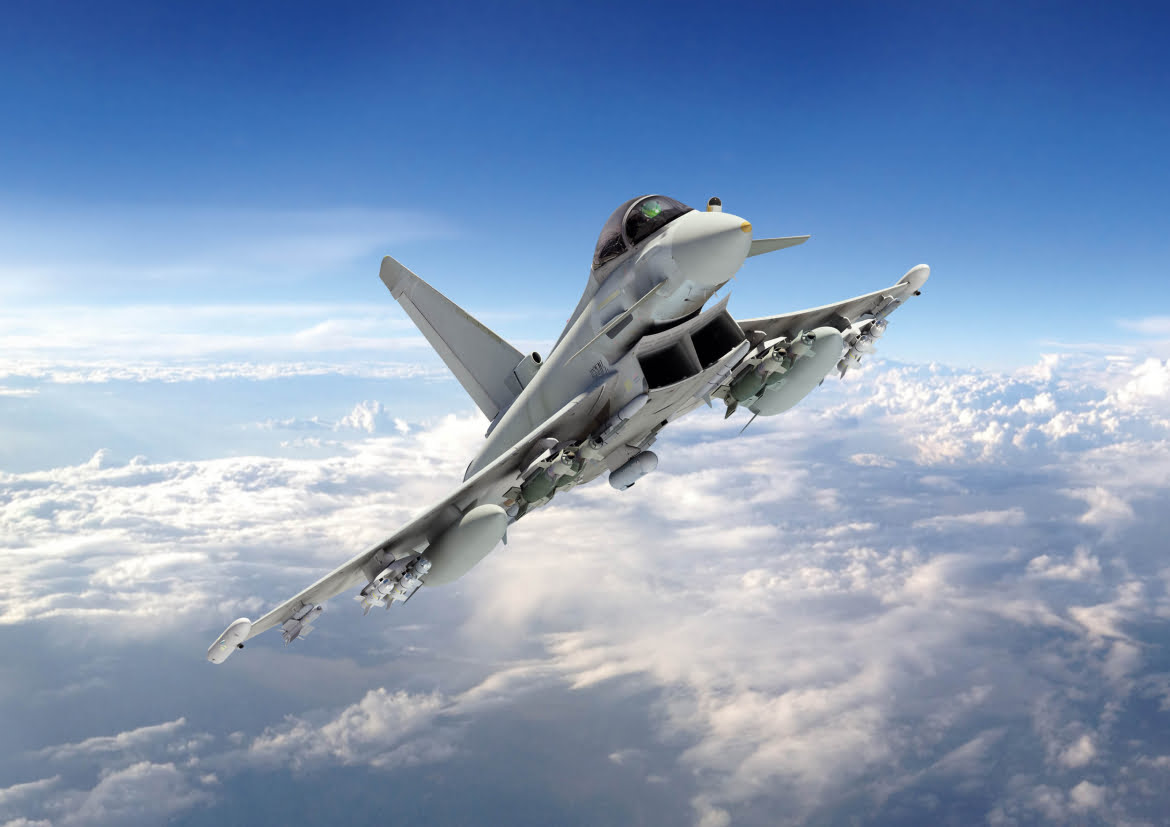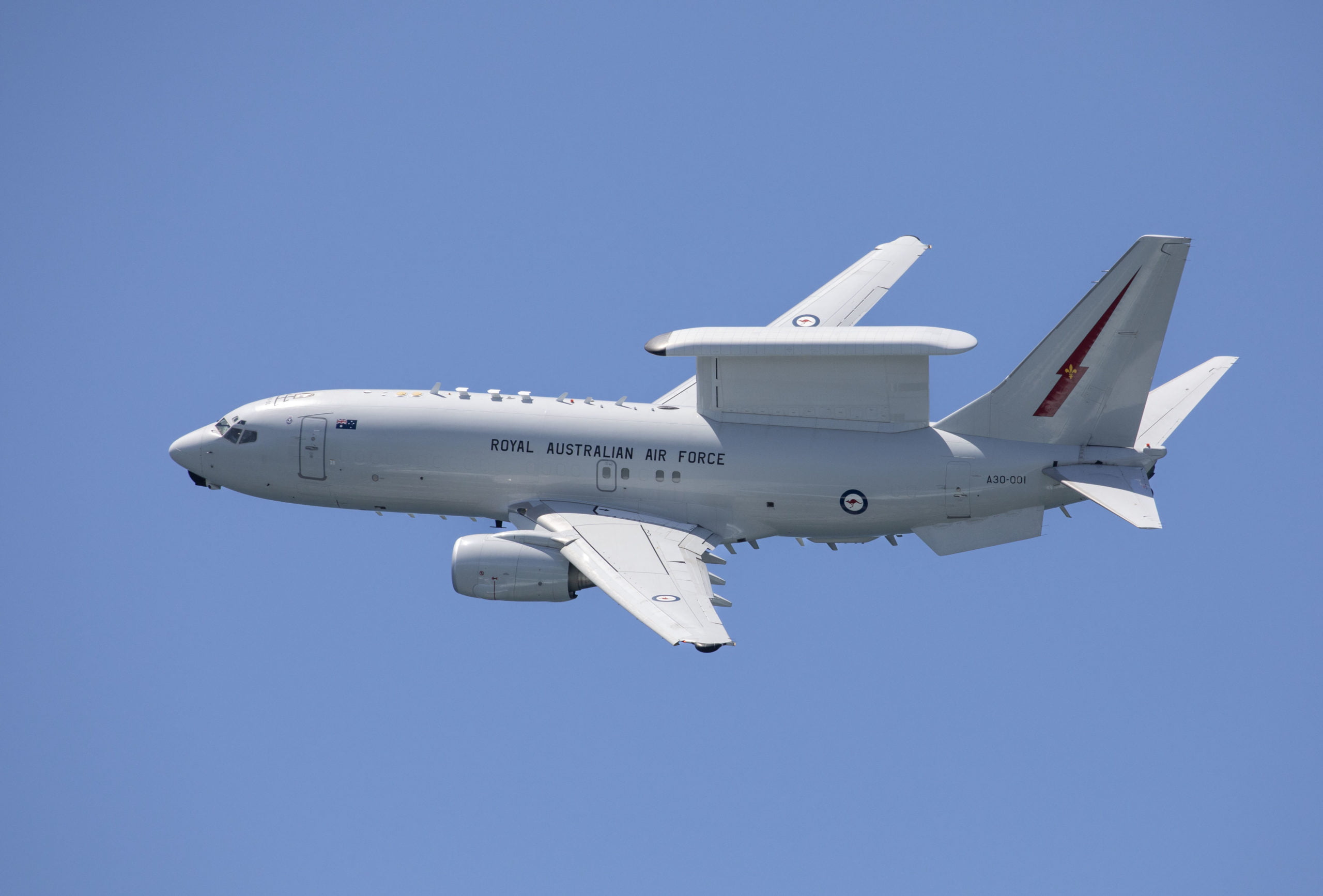By Robbin Laird
As the Australian government sorts through its way ahead for the defence of Australia, the creation of a fifth-generation air force is a key element providing a foundation for innovations in the decade ahead.
But it can be forgotten too quickly the central role of airpower for a continental nation down under facing an adversary seeking to enhance their ability to pressure choke points and reach deeper into the Pacific.
Integrated air and naval power is at the heart of what needs to be done, but the challenges of sorting out what kind of navy to build, the air element has a much clearer path. Leverage its fifth-generation foundation, build out the weapons enterprise, add autonomous systems and new basing flexibilities.
From this standpoint the future can be seen in the past in terms of how the ADF evolved into a fifth-generation force. During my years of visiting Australia, I had the chance to watch the RAAF bring a new air combat system into service and then maturity, namely, the E-7.
This was a trail blazing effort by the RAAF which has led the way in many respects with regard to a new generation of air battle management C2 aircraft, and one which enters into the world of tron warfare given the software evolution driven by the Commonwealth’s partnership with Northrup Grumman.
And during my time in Australia since 2014, I followed this story closely and visited the Wedgetail base often. But that story starts with recognizing that if you do not use a capability built around software upgradeability, you cannot develop it into what you want that capability to become.
I discussed this approach with Air Marshal (Retired) Geoff Brown in 2015:
‘Testers can only do so much.
‘Once an aircraft is functional you need to get in the hand of the operators, pilots, crews and maintainers. They will determine what they think the real priorities for the evolution of the aircraft, rather than a test engineer or pilot.
‘And you get the benefit of a superior platform from day one.
‘When I became Deputy Chief of Air Force, the Wedgetail was being slowed down by the Kabuki effort to arrange specification lines for the aircraft. There was much hand-wringing amongst the program staff as to how it didn’t meet the specifications that we had put out.
‘I said, “Let’s just give it to the operators.”
‘And the advantage of basically giving the aircraft to the operators was what the test community and the engineers thought were real limitations the operators did not. Sometimes it took the operators two days to figure a work around.
‘And the real advantage of the development was that they would prioritize what was really needed to be fixed from the operational point of view, not the testing point of view.
‘In other words, you can spend a lot of time trying to get back to the original specifications.
‘But when you actually give it to the operators, they actually figure out what’s important or what isn’t important and then use the aircraft in real world operations.’
I then wrote an article later in 2015 which built upon his argument and looked at the projected future for this software defined air battle management system:
“The underlying story of the approach to introduce the Wedgetail and then how the platform is being modernized highlights why the program is trailblazing in many ways. When I visited 2nd Squadron during the first quarter of 2014, I was impressed with the enthusiasm and intelligence of the Squadron and their approach towards innovation.
“But when I got back to Washington DC, the reaction to my experience was met with complete lack of interest or surprise. As the editor of a leading defense magazine put it: “You mean the troubled program; I thought it had been cancelled.”
“With a second trip to Australia under my belt this Summer and a chance to talk with the RAAF’s Surveillance and Response Group as well as Air Marshal Davies, Air Vice Marshal MacDonald and the recently retired Air Marshal Brown, I began to understand how the “troubled” program had not only been “salvaged” but how it was “salvaged” put in the trailblazing path.
“The Wedgetail has brought to the fight, unique battle management capabilities. To understand what they mean, one has to look at some of the Wedgetail’s core capabilities.
“Most fundamentally, the Wedgetail does not operate like an AWACs. The AWACs works in tracks directing the air battle but does so with a 360-degree rotating radar. It is the hub of a hub and spoke air combat system.
“With the coming of the fifth-generation aircraft, there is a need for air battle management, but not of the hub and spoke kind. And with the challenge of operating in the expanded battlespace, it is not simply a question of management of air assets, but management of the assets operating in the expanded battlespace, regardless if they are air, naval or ground….
“It is designed with the reach rather than range approach characteristic of fifth generation systems; the MESA radar can be dialed up in terms of energy and focused in terms of direction on priority scan areas.
“As one Northrop Grumman engineer put it: “There is a fundamental shift operationally in terms of how one uses the Wedgetail versus the AWACS. You no longer are limited or defined by a 360-degree rotator.
“You are able to configure how much power you want to put into your radar reach; it is configurable to the mission. The integrated IFF and radar functionality also allows the system to reach much greater than other systems into the battlespace to shape greater situational awareness in the battlespace. You can put the energy in the mission area where you have the highest priority.”
“This allows much greater reach, and is also part of enhanced survivability as well.
“This means as well that it can act on demands identified by deployed fifth generation and other aircraft with regard to the areas where extended reach and focus for surveillance needs to be directed.”
This is the spirit and the approach that got the RAAF and ADF into a good place; clearly needed in the new rebuild approach is a similar spirit and approach of developing capability by use such as the plus ups to the F-35 fleet, leveraging the new Triton force, initially deploying autonomous systems and employing new weapons in the force.
The RAAF head Air Marshal Chipman underscores such an approach in a recent interview with Brendan Nicholson of ASPI. This is what he underscored about the approach:
“How difficult is it to evolve a capability once it’s operational?
“That’s the new model, says Chipman.
“The RAAF has a steady drumbeat refreshing the capabilities of platforms such as the F-35A Lightning II, the Growler electronic attack aircraft and the Super Hornet by upgrading software, hardware and firmware.
‘That ensures that we’re on the leading edge of technology. We must do that because our potential adversaries are not standing still. They’re delivering new missiles and other capabilities into inventory, new electronic-warfare systems. You’ve got this cat-and-mouse game where we need to continue to make sure our systems can compete and win.’
But the blunt fact is that airpower is the key multi-domain enabler but obviously requiring the further development of integrated offense and defense for the ADF as an operational force in its extended region.
Featured Image: An Air Force E-7A Wedgetail performs a handling display at Nobby’s Beach during the Newcastle Williamtown Air Show 2023. Credit: Australian Department of Defence
See also the following:
RAAF Chief Air Marshal Chipman Talks About the Wedgetail Approach






